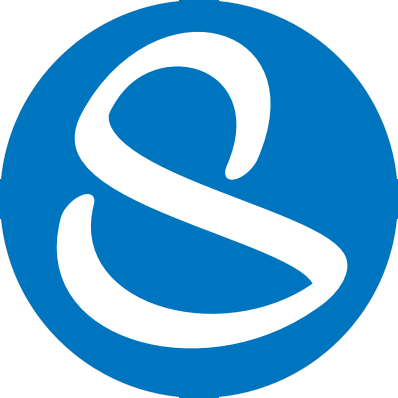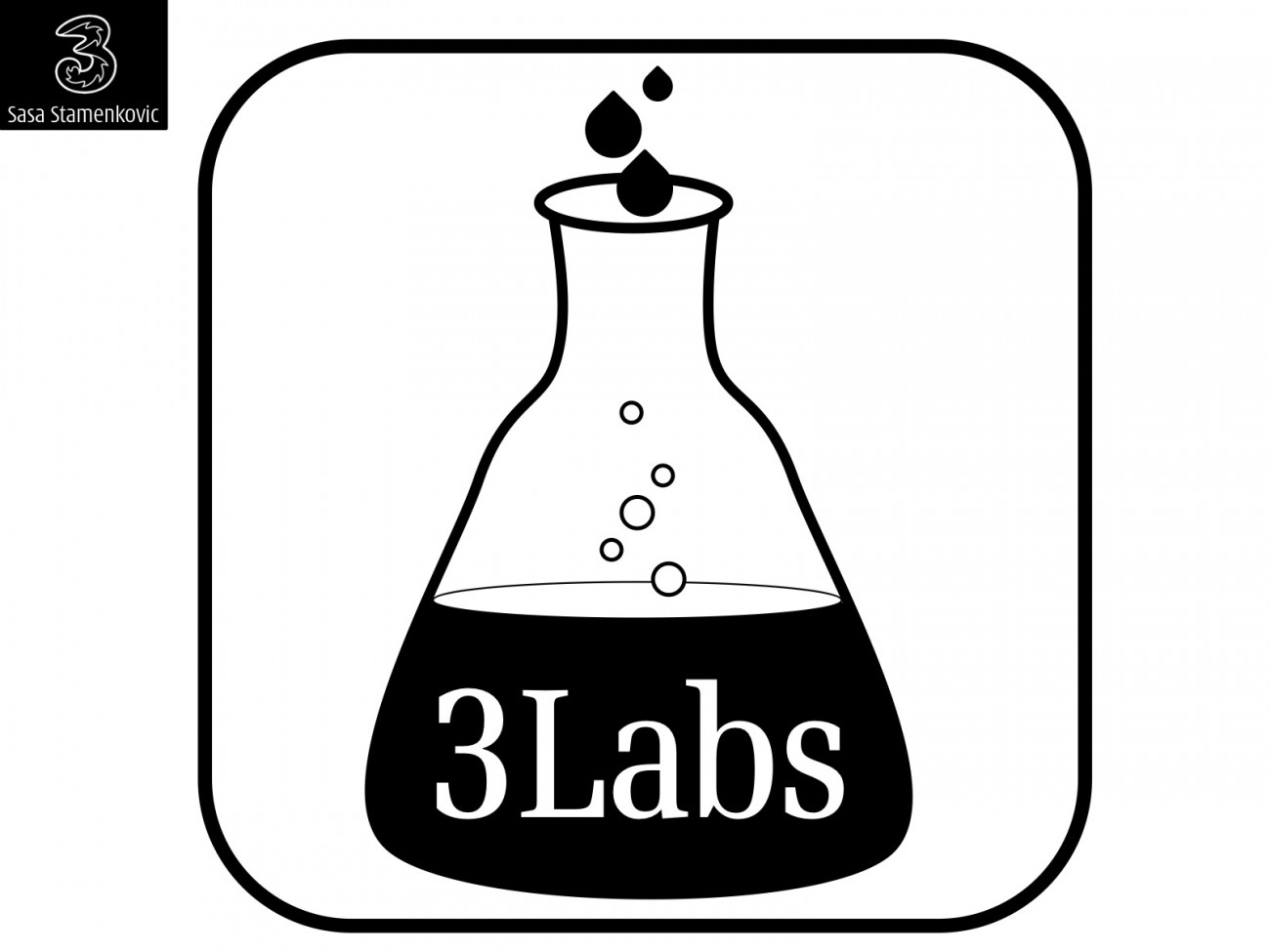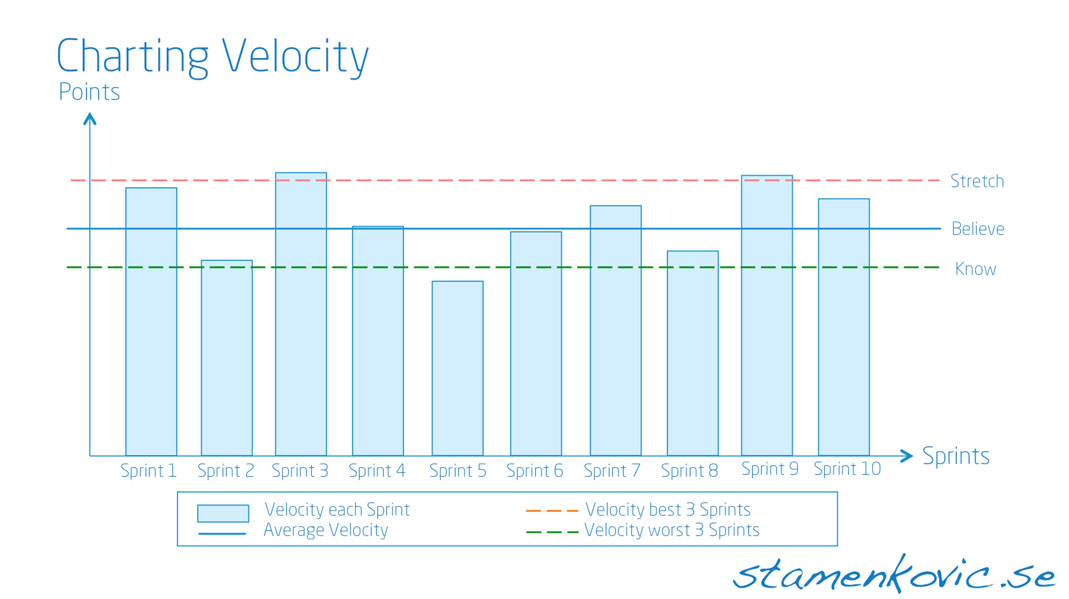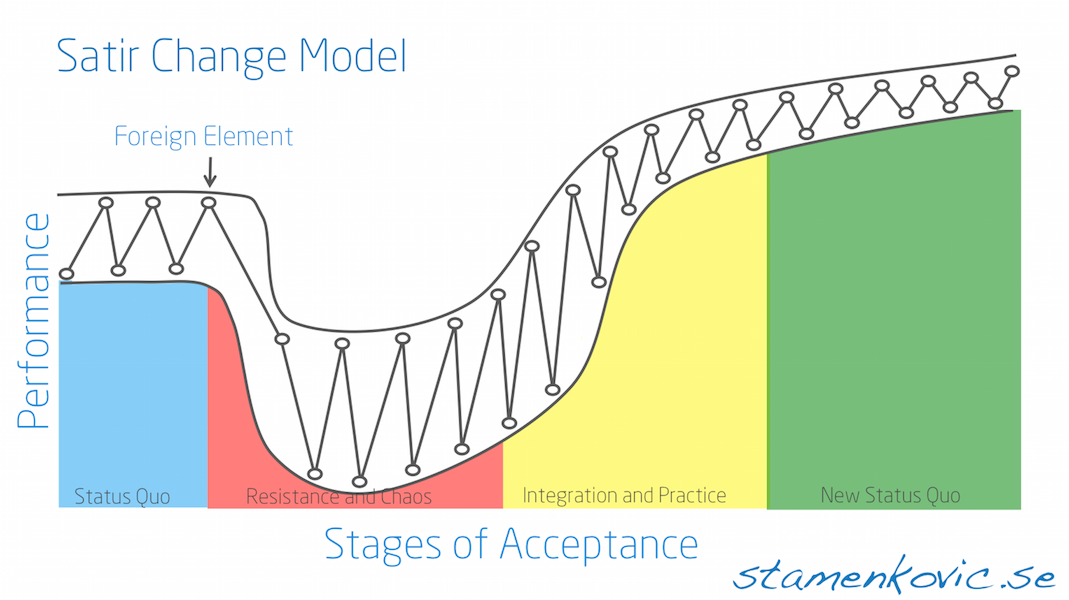The background to 3Labs is the purpose to create an environment where we have innovation being a part of our daily work – 3Labs is one way of doing just that.
So, the idea with 3Labs is to give all our awesome colleagues at 3 one day every month to do whatever they want (as long as it has something to do with 3’s business), work with whoever they want, work wherever they want – and work on it how much or little they want within the given 24 hours.
All the great ideas are then shared with everyone by having a “mingle demo” – where each lab gets a station and where the persons involved in the idea is presenting what they have achieved. Kind of a market place.
During the demo every visitor is given three pieces of LEGO, and those are then used to vote. Simply, one piece of LEGO equals one vote. The votes are piled up in a tower, and at the end of the demo all towers are put next to each other – and the highest tower wins.. a “wandering trophy” (handed over to the winner each time), and last but not least – wins the glory! 🙂
Everyone can participate as long as one has a good, crazy, small or big idea they want to experiment with and try out. It started off as an initiative within the IT department but has been growing ever since to evolve to other departments – and in some cases even external partners.
Last but not least; the ideas coming out from 3Labs are, in short, simply amazing! They vary from trying out a new tool, system or platform to delivering new apps, test-automation suits, one-click deployments, visualizing architecture and changes, and much more! As of today we have had 140+ ideas and concepts that have been demonstrated and shared within the company – which is awesome!








